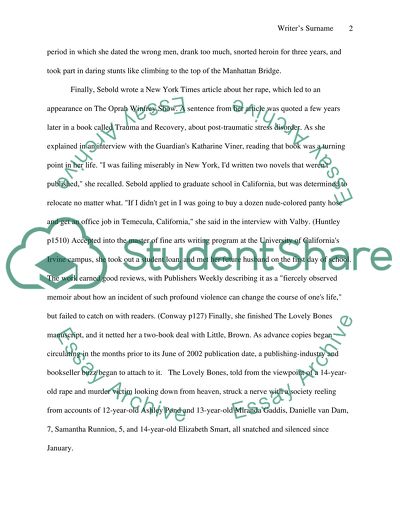Cite this document
(The Lovely Bones by Alice Sebold Literature review, n.d.)
The Lovely Bones by Alice Sebold Literature review. https://studentshare.org/literature/1526135-the-lovely-bones-by-alice-sebold
The Lovely Bones by Alice Sebold Literature review. https://studentshare.org/literature/1526135-the-lovely-bones-by-alice-sebold
(The Lovely Bones by Alice Sebold Literature Review)
The Lovely Bones by Alice Sebold Literature Review. https://studentshare.org/literature/1526135-the-lovely-bones-by-alice-sebold.
The Lovely Bones by Alice Sebold Literature Review. https://studentshare.org/literature/1526135-the-lovely-bones-by-alice-sebold.
“The Lovely Bones by Alice Sebold Literature Review”. https://studentshare.org/literature/1526135-the-lovely-bones-by-alice-sebold.


